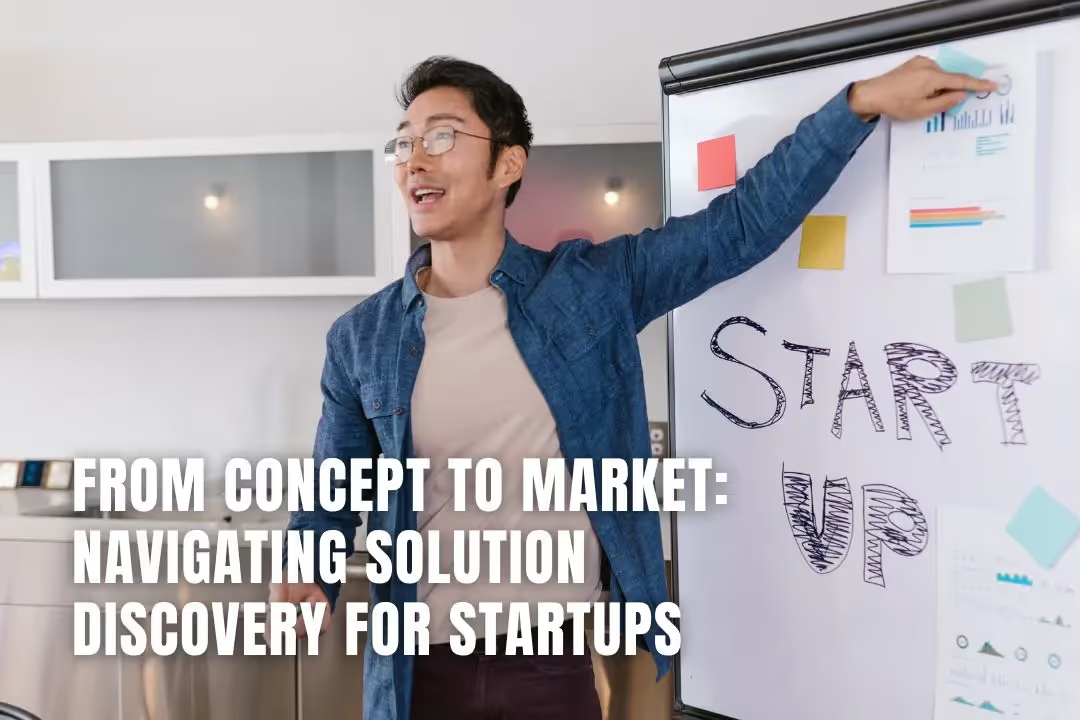
Editorial Disclaimer
This content is published for general information and editorial purposes only. It does not constitute financial, investment, or legal advice, nor should it be relied upon as such. Any mention of companies, platforms, or services does not imply endorsement or recommendation. We are not affiliated with, nor do we accept responsibility for, any third-party entities referenced. Financial markets and company circumstances can change rapidly. Readers should perform their own independent research and seek professional advice before making any financial or investment decisions.
Transforming an exciting idea into a tangible product is a challenging task.
It requires more than just tenacity; it demands a deep dive into the desires and demands of your destined demographic.
From understanding customer needs to prototyping, market validation, refining your design, and finally developing a launch strategy, the journey is fraught with challenges and choices.
If you're keen to uncover the keys to thriving through this process, stay tuned as we explore the steps to bring your concept to market.

Identifying your customers' needs is crucial, as it directly influences the development and success of your startup's solutions.
Understanding those you're aiming to serve is your compass. It's all about conducting comprehensive research to uncover their actual pain points, desires, and behaviours.
This understanding forms the foundation of your solution discovery process, ensuring you're not just creating a product or service in search of a problem, but addressing real needs that can lead to a viable business opportunity.
To effectively understand your customers' needs, consider these strategic steps:
This analytical approach ensures you're not operating on assumptions but building on validated learning.

Once you've grasped your customers' needs, it's time to bring your ideas to life. This phase is crucial as it transforms abstract concepts into tangible, testable entities.
Prototyping serves not just as a validation tool but as a means to communicate your vision more clearly to both stakeholders and potential users.
At this stage, you're not aiming for perfection. Instead, focus on creating a Minimum Viable Product (MVP) that embodies the core functionality needed to solve the identified problem.
This approach allows you to gather feedback early and iterate quickly, saving time and resources in the long run.
Consider using tools and platforms that accelerate the prototyping process without demanding extensive resources. Digital prototyping tools, for instance, can help you visualise interfaces and experiences without the need for physical materials.
Similarly, leveraging existing technologies and platforms can expedite development, allowing you to focus on what's unique about your solution.
Using various market validation techniques can help you ensure your product meets the real demands of your target audience.
Surveys and questionnaires allow you to reach a broad audience quickly, providing a general overview of the market's reception.
Meanwhile, interviews and focus groups offer an in-depth look at the potential user's perspective, revealing nuances that surveys might miss.
Lastly, creating a landing page for your product and monitoring analytics like visitor counts, time spent on page, and conversion rates can offer valuable real-time feedback on market interest.
Here's a table that presents these techniques in an easily digestible format:
To refine your product design, you must critically analyse feedback and data gathered from market validation techniques. It will allow you to transform your initial concept into a market-ready solution that resonates with your target audience.
Identify patterns and recurring feedback from potential users. These insights are goldmines for understanding what features are most valued or what aspects could be potential deal breakers.
It's not just about adding more; sometimes, simplifying or removing features can significantly improve user experience and product functionality.
At the same time, prioritise modifications based on impact and feasibility. Consider which changes will deliver the most value to your users while being realistic about your resources and timelines.
This approach ensures that you're not only making informed decisions but also efficiently managing your development efforts.
Developing a launch strategy is crucial for startups aiming to make a significant impact in the market from day one. You've refined your product design; now, it's time to ensure your target market knows it exists and understands its value.
To craft a compelling launch strategy, focus on these key elements:
As you've journeyed from concept to market, you've learned the importance of deeply understanding customer needs, creating a viable prototype, employing rigorous market validation techniques, refining your product design, and crafting a strategic launch plan.
It's crucial to keep iterating, leveraging feedback at every step.
Your startup's success hinges on adapting quickly and strategically to meet market demands. Stay focused, agile, and always customer-centric as you navigate the complex path from idea to market reality.
You can protect your startup's intellectual property by filing for patents, using nondisclosure agreements, and keeping detailed records of your development process to establish clear ownership and protect your ideas.
Startups often face legal pitfalls like copyright infringement and patent issues when launching new products. You can avoid these by conducting thorough research, securing patents early, and consulting with legal experts throughout the development process.
You should prioritise customer research and prototype testing early on, reallocating resources as feedback comes in. This ensures you're building something people want, maximising your limited time, money, and manpower effectively.
Transforming an exciting idea into a tangible product is a challenging task.
It requires more than just tenacity; it demands a deep dive into the desires and demands of your destined demographic.
From understanding customer needs to prototyping, market validation, refining your design, and finally developing a launch strategy, the journey is fraught with challenges and choices.
If you're keen to uncover the keys to thriving through this process, stay tuned as we explore the steps to bring your concept to market.
